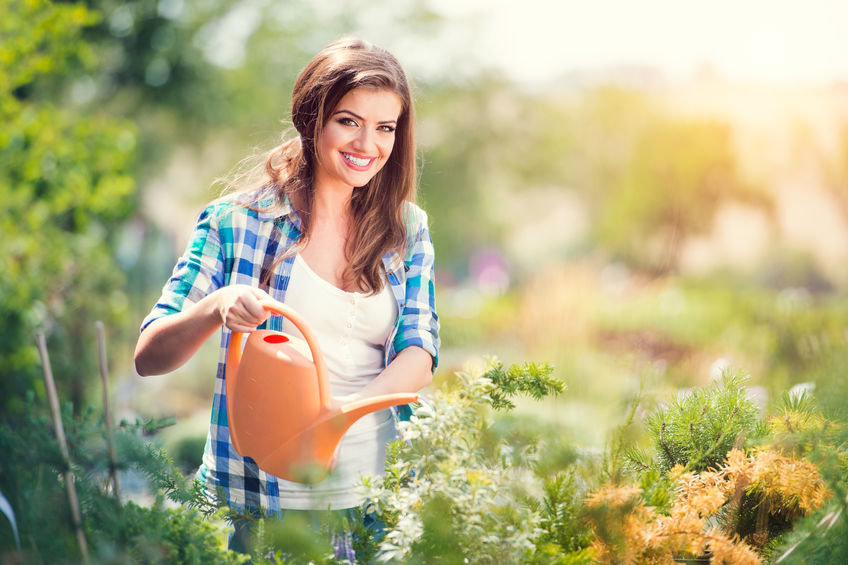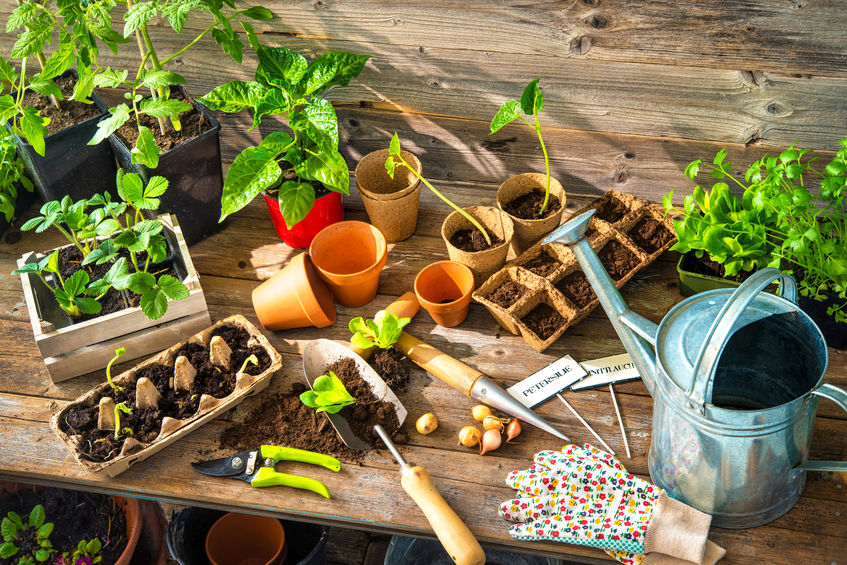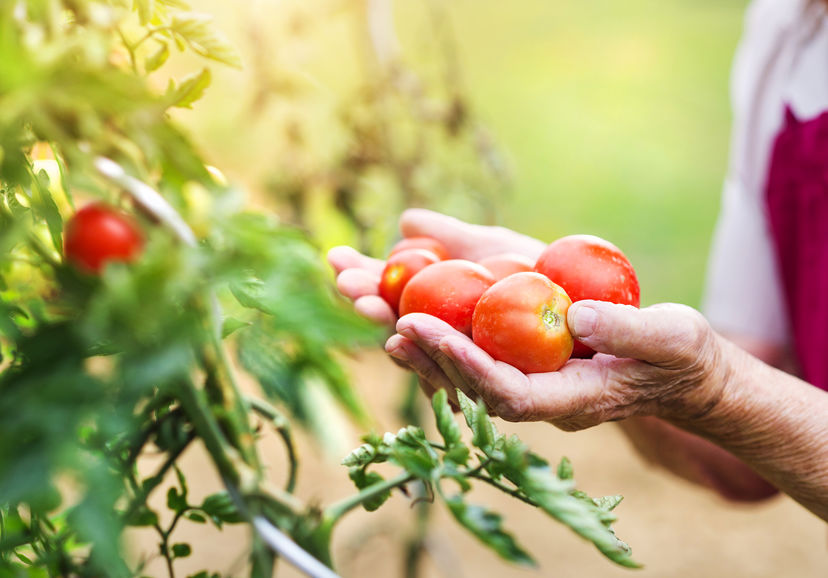Blog - Beginner’s Guide: How to Plant a Spring Garden

Beginner’s Guide: How to Plant a Spring Garden
With spring in the air, why not try your hand at gardening? But first things first, ask yourself what type of garden you’re interested in planting. Perhaps a vegetable garden appeals to you, or maybe an herb garden? These can be very rewarding if cooking healthy is at the top of your priorities. What about a flower garden? Flowers have been known to beautify and uplift your surroundings, and the different fragrances are akin to aromatherapy.

Luckily, the process for planting a garden is the same regardless of what you are planting. But since we want success for your first official spring garden, we will include the easiest plants to grow, whether it be veggies, herbs or flowers.
Here are some considerations:
- Which vegetables does your family love to eat? Don’t get too fancy for your first garden, that’s too much pressure! But this is something to consider once you have decided to take on the challenge.
- If flowers are more your choice, you’ll want to consider a few things. How much money are you willing to spend? This will direct certain choices you make in regards to the type of flowers you plant. For example, do you prefer to have your flowers bloom most of the summer, but then have to be planted each spring? Or would you prefer a short bloom but they return year after year on their own? Also consider the light and shading of the designated area, as well as the type of soil and space you have to work with.
Now, for some steps to get started:
- You will want to pick the right area. Most vegetables and flowers need approximately 6-8 hours of direct sunshine every day. If you notice that your yard has mostly shade, don’t worry, there are plenty of plants that love the shade. The amount of light for the plant (whether it be veggie or flower) is very important for the plant to thrive.
- Try to plant on level land. Avoid slopes, as it is more difficult to have a sloping garden.
- If there is a wind belt, do not plant there as it will harm growing plants.
- If possible, pick a place near water so that watering will be super easy.
- Pick a spot visible to you so you can see your efforts. This is a built-in reminder for you to water and give some TLC to your newly budding garden.
2. Clear the ground on the area you want to plant. If there is sod slice under the sod, use a spade. Cut it up and remove.
3. Time to improve the soil. Soil is critical to the success of your garden! Remember, the more fertile the soil, the better your plants will grow. To the new gardener, this might not sound appealing, but it is Mother Nature at its best. You want to add organic matter to the soil, which consists of a 2-3 inch layer of compost, decayed leaves, dry grass, and old manure. Leave the organic matter and it will eventually rot into humus, and the earthworms will mix that humus.
But if you don’t want to create your own compost, you can also purchase ready-made organic soil amendments or conditioners. Adding these amendments to your dirt makes it come alive, since it starts to decompose and add important nutrients and bacteria that it needs to thrive. It also improves the texture of the soil, and protects against deficiencies such as a high pH.
Another tip: start with a small area for your garden.
4. You have to work the soil. This helps it prepare new beds for planting and allows roots to penetrate the soil, thus providing easy access for water and nutrients that are essential for the plant’s growth. The best method is digging only when soil is moist.

5. Pick your plants wisely. Make sure that you pick plants that are for your climate, soil in your area, and sunlight requirements that your yard can provide. Here are examples of easy plants that you can grow:
- Vegetables: Cucumbers, peppers, tomatoes, and lettuce are very easy to grow. A word to the wise — you do not want to let them grow too big. We have seen cucumbers that were so large that they were difficult to cut, plus it seems that the bigger the cucumber, the less flavor it has. There aren’t any contests to be won for a huge cucumber!
- Annuals: Remember, these type of flowers have to be replanted each spring, but will bloom most of the summer. Common annuals include Calendula, cosmos, geraniums, sunflowers, marigolds, zinnias and impatiens.
- Perennials: These will only bloom for a short time, but will return year after year so replanting in the spring won’t be necessary. These include pansies, phlox, purple coneflowers, black-eyed Susans, daylilies, and lamb’s ears.
6. Now start planting! Make sure you read the requirements about planting time, spacing, and depth. Also make sure you plant after any danger of frost has passed. If you’d like to get a head start, there are containers especially for seedlings and seed-starting rich soil mixtures at major big box stores as well as many nurseries. Placing these inside on a window sill where there is sunshine or under grow lights will do the trick in getting them started. You can also buy young plants that are ready to be transplanted.
7. Water, but not too much! Young seedlings should never be allowed to dry out, they must be watered daily. As the plants grow larger, you can ease up but make sure the roots are well established. The best time to water is early in the morning.
8. Use mulch for protection; mulch helps keep weeds out and moisture in. You’ll want to cover the soil with about 2 inches of mulch since it will prevent the sunlight from hitting the soil — you won’t have to water the plants as much. Use organic mulch such as bark, cocoa bean shells or compost, as it will also give nutrients to the soil as it decomposes. For a bed of annuals or if you chose a vegetable garden, pick a mulch that will decompose in a few months; for perennials, a great choice is bark chips.
9. Maintain your garden: Water, pull the weeds, get rid of dead vegetation, and keep pesky bugs off of your plants. Make sure you harvest your veggies as soon as they are ready, and use fertilizer if necessary. Ask your nearest garden center for more information.
10. Just remember there are great rewards in gardening. Just two quick notes on herbs: They follow the same instructions as both flowers and vegetables but are even easier to grow — they can also be grown inside by a window sill. Herbs taste best when harvested in the morning and before they bloom.
Gardening, whether in spring or any time of the year, will add years to your life and life to your years. Enjoy!
No Description
Leave a Comment
You must be logged in to post a comment.